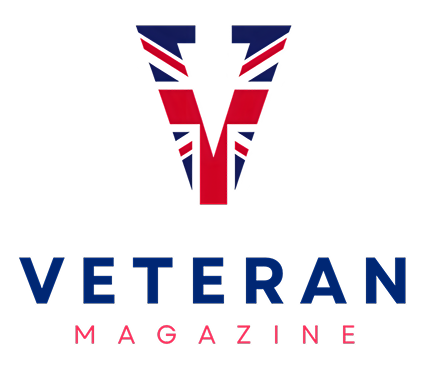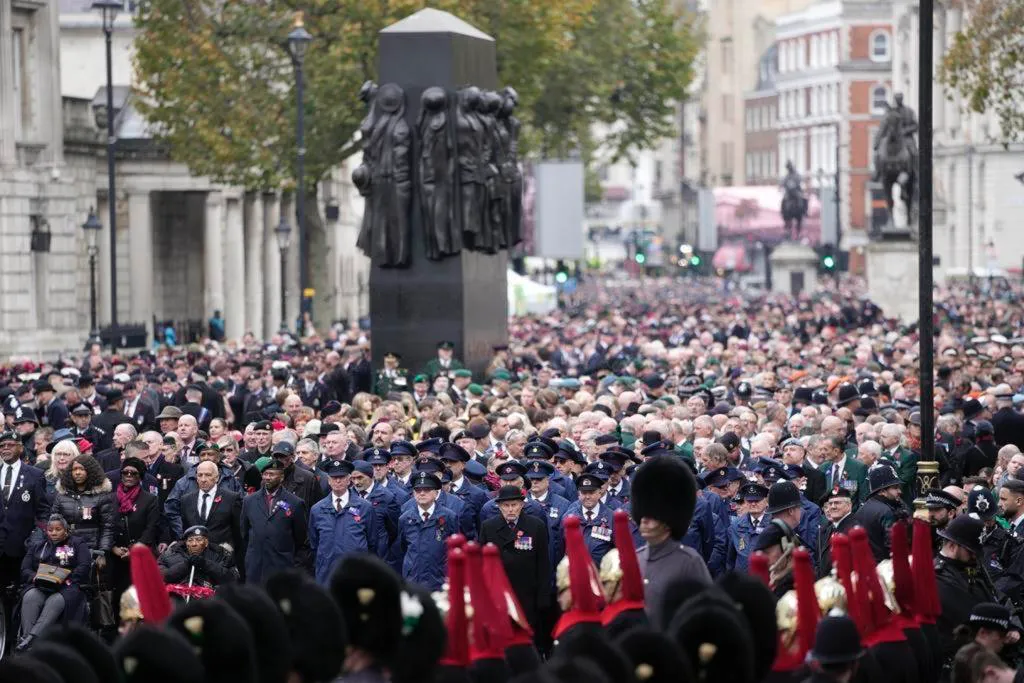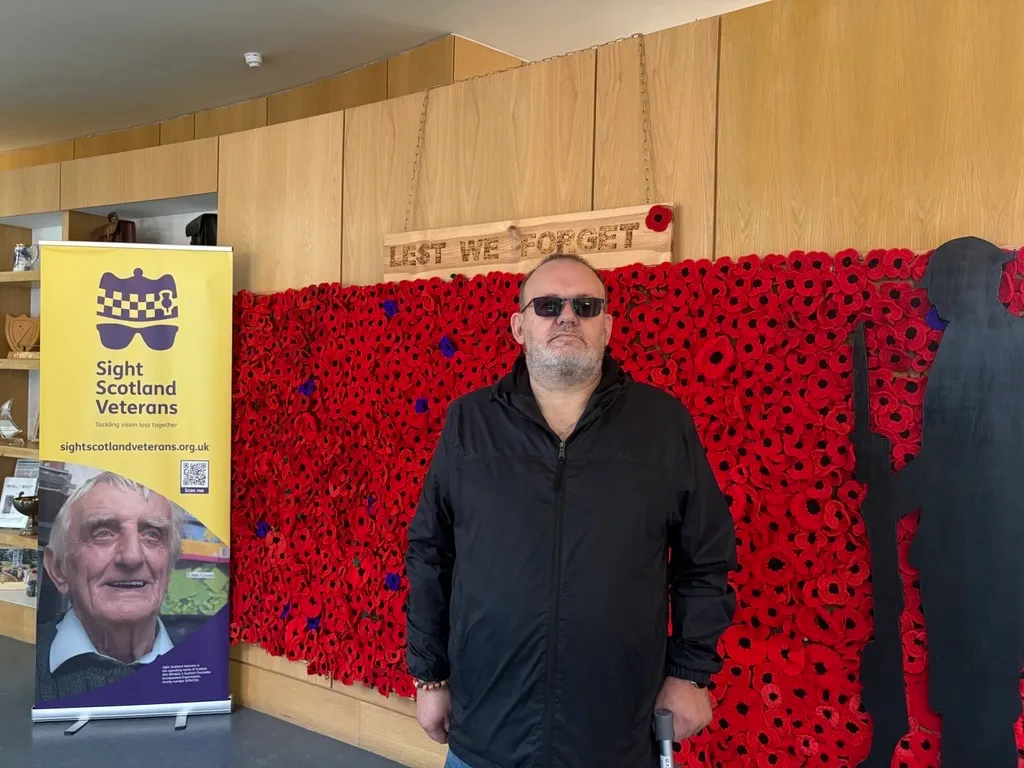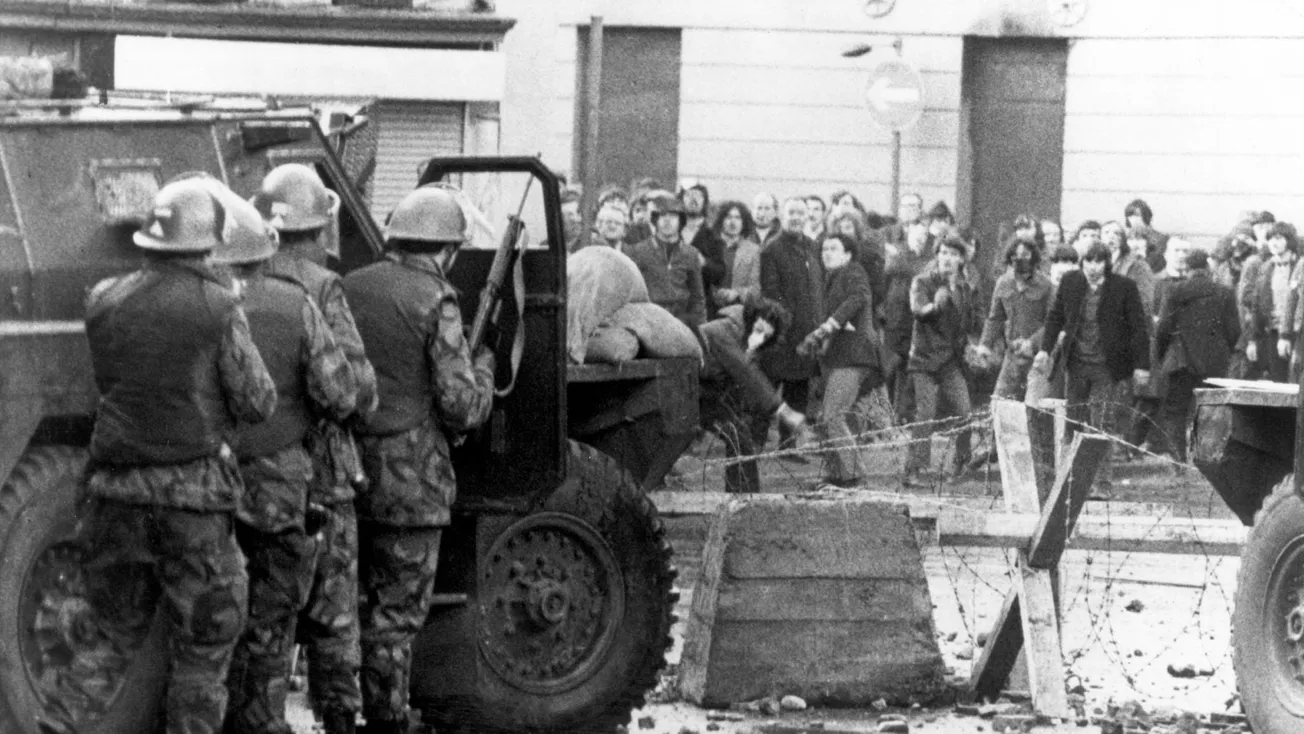Each November, the heart of London falls silent. Along Whitehall, medals catch the low autumn light, poppies flutter against dark coats, and the echo of a single bugle marks the start of the two-minute silence. For those who have served, Remembrance Sunday at the Cenotaph is more than ceremony – it’s a moment of unity, reflection, and pride.
This year’s service takes place on Sunday 9 November 2025, and thousands of veterans are expected to march past the Cenotaph once more. Whether you’re taking part in the parade or joining the crowd to pay your respects, here’s what to expect, and how to make the most of this very British day of remembrance.
The Morning Unfolds
Whitehall opens to the public at 0800 hours, and by 0900 hours every stretch of pavement is lined with people. Veterans begin forming up earlier still, gathering quietly on Horse Guards Parade before stepping off through Horse Guards Arch and onto Whitehall shortly after ten.
At 1050 hours, the dignitaries arrive; Big Ben chimes the hour, and the two-minute silence begins. The Service of Remembrance follows, solemn and simple, before the first wreaths are laid at the foot of the Cenotaph. By around 11.25am the service concludes and the March Past begins, led by the oldest contingents first. The salute is taken on Horse Guards Road, and by about one o’clock the barriers start to come down and the crowds drift towards Trafalgar Square or the nearest pub.
If you’re planning to watch from the sidelines, aim to be there early – the best viewing spots are long gone by mid-morning.
Joining the March
For those taking part, entry to Horse Guards Parade opens from 0800 hours, and every marcher must show both photo ID and a pre-issued pass or e-ticket. Security is tight and there are no walk-ins.
Once through, veterans join their association contingents, with marshals helping to form up before ten. It’s smart attire only – suits, blazers, berets / headdress and medals on the left. Relatives wearing inherited medals should pin them on the right. Serving personnel don’t wear uniform in the veterans’ parade.
From there, it’s a waiting game until the step-off towards Whitehall, where each veteran takes their place in formation for the service. When the March Past begins, there’s always a swell of applause from the crowd – a moment that never fails to catch the throat, however many times you’ve done it.
Watching from the Pavement
The best vantage points are along Whitehall and Parliament Street, where big screens show close-ups of the wreath-laying. The central area by the Cenotaph fills first, but the views just a little further south towards Downing Street are excellent too.
An accessible enclosure is provided on the west side of Parliament Street near King Charles Street, operating on a first-come, first-served basis with space for one companion per disabled spectator. St John Ambulance teams and police officers are stationed throughout, and temporary toilets are usually available near Whitehall Place.
Remember to keep phones silent and stay still during the silence itself – a brief pause that connects generations across the decades. Applause and cheers are very much welcomed once the March Past begins.
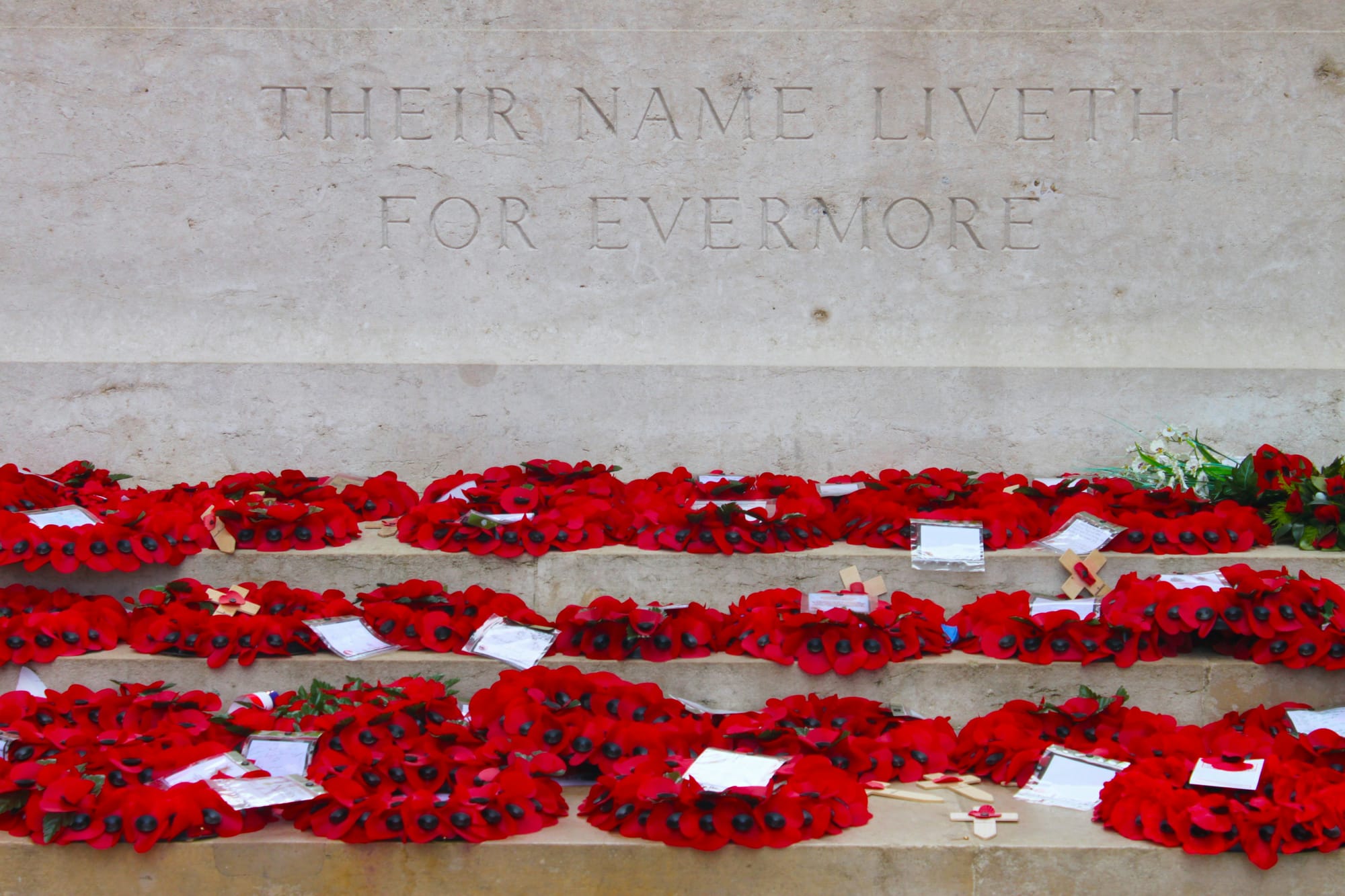
Getting There and Getting Home
The simplest route is by train or Tube. Charing Cross is just a five-minute walk from Whitehall, while Waterloo is about twenty minutes on foot across Westminster Bridge. Tube stations at Westminster, Charing Cross and Embankment are all nearby, though crowd control measures are often in place – so follow staff instructions.
Driving is best avoided, roads around Parliament Street, Whitehall and Great George Street are closed until early afternoon. Group coaches can drop off along Embankment or Millbank, but you’ll still need to walk a fair way.
After the ceremony, stations get extremely busy between half twelve and one-thirty, so consider lingering for lunch or a pint before heading home.
Accessibility and Comfort
The day is designed to be as inclusive as possible. Many veterans march with mobility aids or wheelchairs, and carers can accompany them if pre-registered. The surfaces on Horse Guards Parade are firm but gravelly, so assistance can help.
Spectators needing step-free access should plan ahead; Westminster and Waterloo stations on the Jubilee Line both have lifts, and London’s black cabs are wheelchair accessible. Accessible toilets are available close to the viewing enclosure on Parliament Street.
Staying the Night
For veterans travelling in, London has a few familiar favourites. The Union Jack Club at Waterloo offers affordable rooms for serving and former enlisted personnel, while the Victory Services Club near Marble Arch welcomes all ranks and remains a solid choice with great transport links. Read our recent article on both.
For those preferring a hotel, the areas around County Hall, Trafalgar Square and Embankment are ideal – and it’s always worth asking about veteran or Defence Discount Service rates. As it’s Remembrance weekend, book as early as you can.
Raising a Glass
Once the march is over, many veterans head for a well-earned drink. The Horse and Guardsman (formerly Lord Moon) is a firm favourite, lively but good-natured, and filled with familiar faces. The Red Lion on Parliament Street, steeped in history, is just a few doors from Downing Street and always buzzing after the service.
If you’re after something quieter, The Clarence on Whitehall or St Stephen’s Tavern by Westminster both serve hearty food, while Café in the Crypt beneath St Martin-in-the-Fields offers a gentler pace and a hot meal in a truly unique setting. Most of these venues recognise the Defence Discount Service, so keep your card handy.
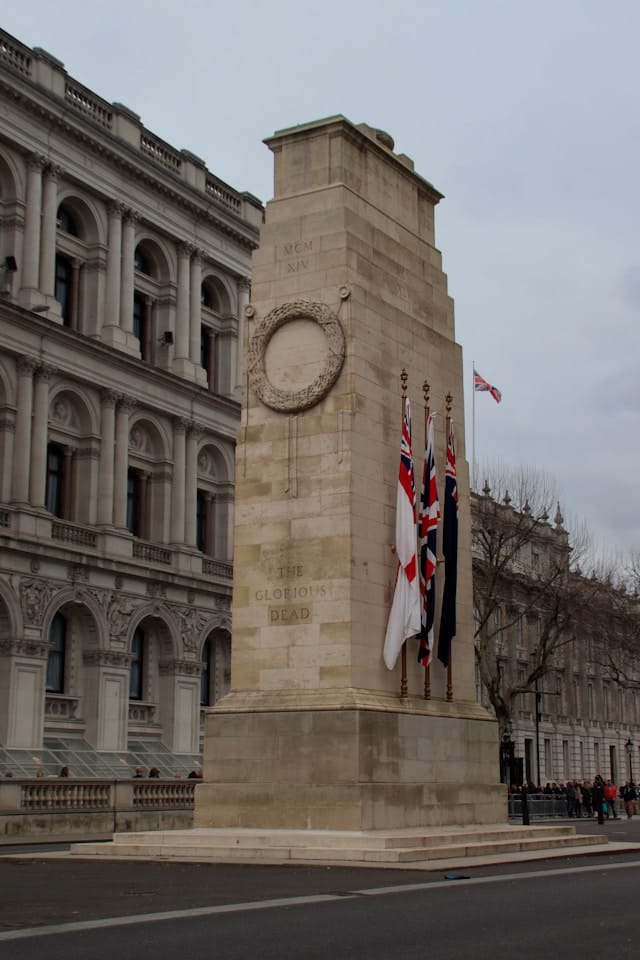
A Few Practical Pointers
November in London is unpredictable – usually around 8–12°C with a fair chance of drizzle. A warm coat, hat and gloves are essential, and waterproofs beat umbrellas every time. Eat breakfast before you arrive, pack a small snack and bottle of water, and agree a meeting point with friends or family before you get lost in the crowd.
Mobile signal is patchy, bins are scarce, and patience is key. But when the clock strikes eleven and silence falls over the capital, none of that matters. For those who’ve served, and for those who still remember, it’s a moment of stillness that binds every generation.
Lest we forget.
